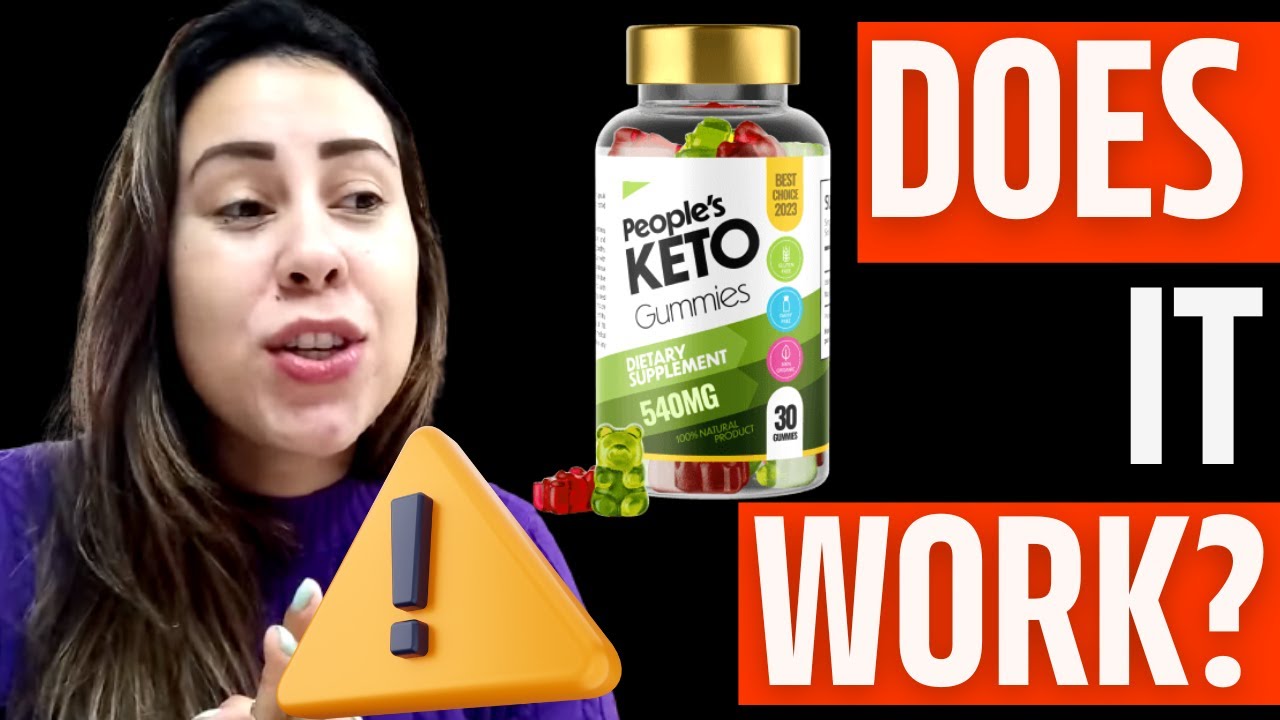Understanding HIIT Workouts and Their Impact on Belly Fat
High-Intensity Interval Training (HIIT) has gained substantial popularity in recent years, especially for those seeking effective methods to burn belly fat. This exercise approach incorporates short bursts of intense activity followed by brief rest periods, creating a dynamic workout that challenges both the aerobic and anaerobic systems. The appeal of HIIT lies not only in its efficiency but also in its significant impact on metabolic processes, allowing practitioners to continue burning calories well after the session has ended. Over the past few decades, studies have recognized HIIT as a powerful tool for fat loss, particularly in stubborn areas like the abdomen, often viewed as a transformative fitness journey for many.

One of the foremost reasons HIIT workouts are effective in targeting belly fat is due to their ability to increase metabolic rate. Engaging in HIIT elevates the heart rate to higher levels compared to traditional steady-state cardio. This jump in heart rate promotes the burning of more calories during the exercise and enhances the afterburn effect — known scientifically as Excess Post-Exercise Oxygen Consumption (EPOC). This phenomenon enables individuals to continue burning fats and carbohydrates post-exercise, which can lead to more significant fat loss over time. Thus, HIIT doesn’t just offer a quick fix; it supports sustained weight loss and overall health improvements.
Additionally, HIIT workouts can be customized to fit anyone’s fitness level and can be performed virtually anywhere, requiring minimal equipment. This versatility makes it an attractive option for busy individuals seeking effective workouts without the need for a gym membership. Whether you are a beginner or a seasoned athlete, HIIT can be tailored through various exercises and intensities to meet personal goals. Furthermore, the mental engagement required in HIIT workouts often leads to increased adherence to fitness routines, making it a preferred exercise choice among those looking to reduce belly fat and achieve a fit physique. In this article, we will explore expert-backed HIIT routines that can help boost metabolism and aid in belly fat reduction.
The Science Behind HIIT and Metabolism
Understanding the science behind HIIT can shed light on its effectiveness in burning belly fat. When engaging in HIIT, your body undergoes several physiological changes that not only contribute to immediate energy expenditure but also enhance metabolic functions in the long term. During high-intensity bursts, the body relies on glucose as its primary energy source, tapping into glycogen stores in the muscles and liver. The subsequent rest or low-intensity intervals allow the body to recover and prepare for the next surge of energy expenditure, which further amplifies overall calorie burn.
Also important is the role of hormones in HIIT workouts. These intense bursts of activity stimulate an increase in growth hormone and testosterone, both of which are vital for fat loss while promoting muscle growth. The favorable hormonal responses produced during and after HIIT sessions can create a more conducive environment for losing unwanted belly fat. As a result, many people find that HIIT not only aids in achieving a lower body fat percentage but also contributes to improved muscle tone, leading to a leaner appearance.
Moreover, studies have shown that HIIT can lead to significant reductions in visceral fat, which is the fat stored around internal organs and associated with lifestyle diseases. Visceral fat is often more challenging to lose compared to subcutaneous fat, making HIIT a crucial ally for individuals struggling with this type of fat accumulation. By incorporating a series of short, highly intense workouts throughout the week, individuals can combat weight gain effectively, resulting in improved health outcomes and increased overall fitness.
Sample HIIT Routines for Targeting Belly Fat
Creating a structured HIIT routine can optimize results for individuals aiming to reduce belly fat. A well-rounded HIIT workout consists of high-intensity moves followed by recovery intervals. For instance, consider a 20-minute session that includes exercises like burpees, squat jumps, and mountain climbers. Each exercise can be performed for 30 seconds, followed by 15 seconds of active rest, like walking in place before moving on to the next exercise. This format can keep heart rates elevated while ensuring a comprehensive workout focused on fat burning.
Another effective routine could incorporate bodyweight exercises, such as push-ups, lunges, and plank jacks. Each of these movements not only engages the core but also promotes total body strength, vital for maintaining muscle mass during weight loss. For instance, alternating between 30 seconds of push-ups and 15 seconds of rest can be followed by lunges and then plank jacks, ensuring varied engagement of muscle groups. By varying exercises and keeping workouts under 30 minutes, individuals can maximize efficiency and effectiveness in their fitness journey.
Finally, incorporating interval sprints can also be an outstanding addition to a HIIT routine designed for belly fat loss. A simple approach may involve sprinting for 20 seconds followed by a 40-second walk. This cycle can be repeated numerous times within a 15- to 20-minute timeframe. Sprint intervals elevate heart rates drastically and activate fast-twitch muscle fibers, which not only aids in fat burning but also improves cardiovascular endurance over time. The key is maintaining the intensity during the work period to reap the benefits of HIIT.
Nutrition and Recovery: Importance in HIIT Workouts
Effective fat loss, particularly in the belly area, requires more than just regular HIIT sessions; it also involves an emphasis on nutrition. Proper fueling before, during, and after workouts can significantly affect performance and recovery outcomes. It is essential to consume a balanced diet rich in whole foods, including lean proteins, healthy fats, and a variety of fruits and vegetables, which provide necessary vitamins and minerals. Pre-workout meals should focus on providing energy, so complex carbohydrates paired with protein roughly an hour before exercising can empower individuals to perform at their peak during HIIT workouts.
After a rigorous HIIT session, post-workout nutrition is crucial for recovery. Consuming a blend of protein and carbohydrates can help replenish glycogen stores and facilitate muscle repair. Foods rich in antioxidants can also combat inflammation that arises following intense workouts, supporting overall recovery. For instance, smoothies with protein powder, spinach, and a banana can offer ample recovery nutrients post-HIIT session. Staying hydrated is equally vital, as water plays an essential role in many metabolic processes that facilitate fat loss.
Furthermore, integrating recovery days into a HIIT-focused regimen is essential. Continuous high-intensity workouts without adequate rest can lead to overtraining, resulting in increased injury risk and possible burnout. Incorporating softer forms of exercise such as yoga, swimming, or light walking can offer necessary active recovery while allowing the body’s muscle fibers to heal. Ultimately, a balanced approach that combines regular HIIT workouts, proper nutrition, and essential recovery protocols can yield the most effective results for belly fat loss and overall wellness.
Expert Tips for Maximizing HIIT Effectiveness
To truly reap the benefits of HIIT workouts, adhering to expert tips can be invaluable. First and foremost, setting achievable fitness goals is paramount. Unrealistic expectations often lead to disappointment and can diminish motivation. Instead, opt for specific, measurable, and time-bound goals. Perhaps aim to complete a certain number of HIIT sessions a week or increase exercise intensity over time. Tracking progress through fitness apps or journals can also help maintain accountability and motivate you along the journey.
Another expert recommendation is to maintain variety within your HIIT routines. Engaging in the same exercises repeatedly can lead to plateaus where progress halts. Regularly rotating your exercises can provide new challenges for your body, keeping workouts exciting and fresh. Consider exploring new activities like kickboxing, dance HIIT, or even incorporating weights to elevate the intensity. This diversity not only prevents burnout but also ensures a full-body engagement that effectively targets belly fat over time.
Finally, listening to your body is critical. While HIIT workouts are designed to push limits, understanding personal boundaries can prevent injuries. If there is excessive fatigue or pain, consider adjusting the intensity or incorporating additional rest days. Recovery is equally vital as training, so ensure adequate time is taken for muscle repair and energy restoration. Remember, the journey toward belly fat loss is a marathon, not a sprint. Nurturing both body and mind throughout the process will yield the healthiest and most sustainable outcomes.
Summarizing Your HIIT Journey: FAQs and Expert Insights
As with any fitness program, individuals pursuing HIIT for belly fat reduction often have questions about its efficacy, safety, and overall approach. A common query is, “How often should I perform HIIT workouts?” Experts typically recommend 2 to 3 sessions per week, allowing for adequate recovery between workouts. Overdoing HIIT without appropriate rest could lead to fatigue and increased injury risk. By strategically planning sessions, individuals can optimize their results while maintaining enthusiasm for their training throughout the week.
Another frequently asked question pertains to the duration of HIIT workouts. Many may wonder, “Is 20 minutes enough?” The answer is yes; intense and focused workouts, even as short as 15 to 20 minutes, can produce significant metabolic responses and fat loss over time. The key factor is maintaining high intensity throughout the workout, ensuring that each session is both challenging and effective. Interval timing can also be adjusted based on fitness level, allowing these workouts to remain sustainable.
Lastly, individuals often inquire about combining HIIT with other forms of exercise. Integrating strength training, flexibility workouts, or even low-intensity cardio can provide a well-rounded fitness approach. Varied training not only helps avoid burnout but also encourages diverse muscle engagement, enhancing overall fitness and supporting the goal of belly fat reduction. It’s advisable to consult fitness professionals when designing a comprehensive program to tailor exercises based on individual goals.

